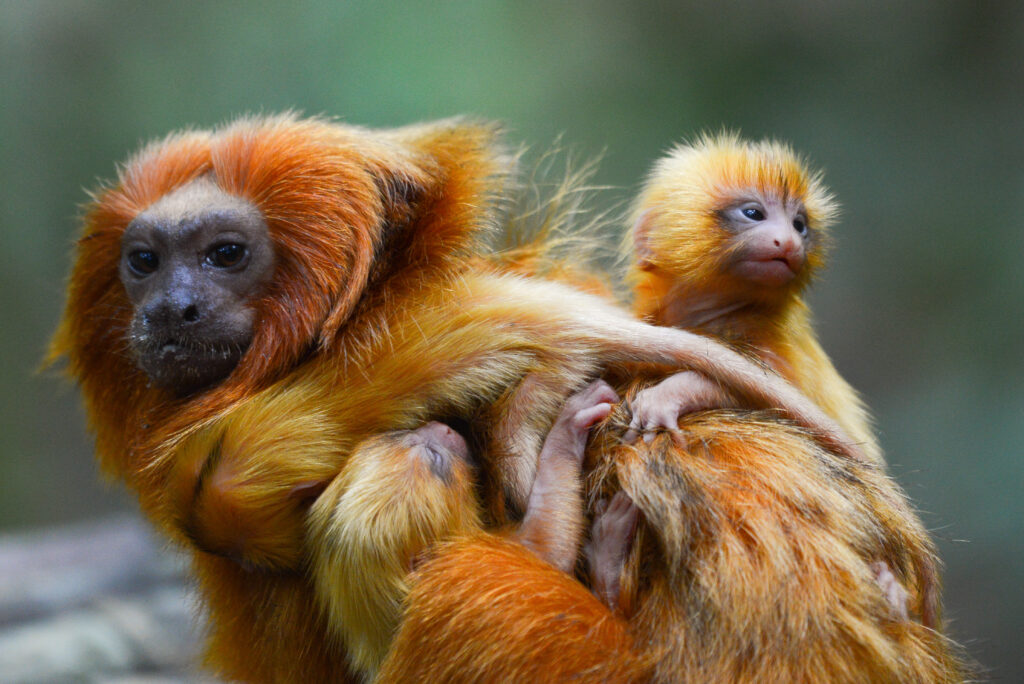With their striking orange manes and curious, wide-eyed expressions, golden lion tamarins are not only icons of Brazil’s Atlantic rainforest but symbols of resilience. Once on the brink of extinction due to habitat loss and the pet trade, their numbers dwindled to just 200 individuals in the 1970s. Yet, thanks to decades of dedicated conservation efforts, their population now stands at an estimated 4,800.
The tamarins’ native Atlantic rainforest has been reduced to a mere 7% of its original expanse, with much of it fragmented into isolated patches too small to support thriving populations. To combat this, Brazil established the Poço das Antas Biological Reserve in 1974 and later expanded the União Biological Reserve in 2017, creating havens for the species.
Captive breeding programs in 43 zoos across three continents began in the 1970s, leading to the reintroduction of over 140 individuals into the wild. Today, around 40% of the wild population descends from these efforts.
Vaccination programs, launched in 2020, have immunized nearly 500 tamarins against yellow fever, ensuring their survival against future outbreaks. With ongoing efforts to connect forest patches and protect biodiversity, the golden lion tamarin stands as a testament to what can be achieved when conservation and community converge.

